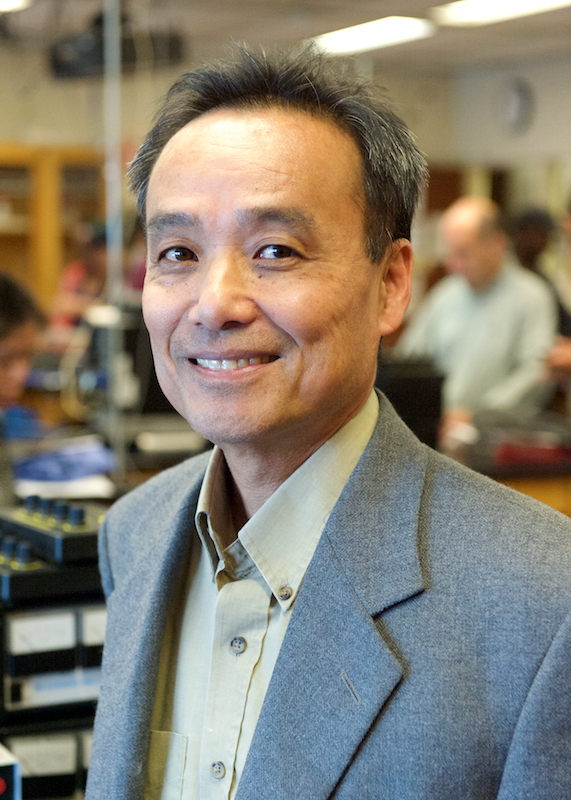Chiaki Yanagisawa

Professor
Science
EMAIL: cyanagisawa@bmcc.cuny.edu
Office: N-698J
Office Hours:
Phone: +1 (212) 776-6872
Since 1992, BMCC Associate Professor of Science Chiaki Yanagisawa has been part of a research team led by Professor Takaaki Kajita of the University of Tokyo, Japan, who along with Professor Arthur McDonald of Queen’s University, Canada, just received the 2015 Nobel Prize for Physics for their work proving that neutrinos (like electrons, but without an electric charge) have mass.
“Professor Kajita presented our discovery at an international conference in Japan in 1998,” says Yanagisawa. “This announcement took the particle physics community by storm.”
Using oscillation, the team discovered that a neutrino changes its identity called “flavor” while it is in flight.
According to Yanagisawa, “although for a long time we thought neutrinos were mass-less, neutrinos actually have tiny mass. This discovery is the first crack in the highly successful Standard Model of particle physics which assumes that neutrinos are mass-less. Using neutrino oscillation as a tool, we are now trying to answer one of the greatest mysteries of the Universe: why we see, overwhelmingly, matter but not anti-matter in the Universe.”
Expertise
Degrees
- B.S. University of Tokyo, Fundamental Sciences,1975
- M.S. University of Tokyo, Physics,1977
- Ph.D. University of Tokyo, Physics,1981
Courses Taught
- This course introduces students to the world beyond the earth. The methods of astronomy and our knowledge of the structure of the universe are presented as an ongoing human endeavor that has helped shape modern man as he/she takes his/her first steps into space.
Course Syllabus - This course serves as an introduction to Physics, especially for students who are not science-oriented. A selected number of basic physical ideas are carefully examined and interpreted non-mathematically. The relevance of the scientist and his/her work to the lives of non-scientists is continually examined.
Course Syllabus - This classroom and laboratory two-semester course includes the study of concepts and principles of physics in the areas of mechanics, heat and thermodynamics, sound, electricity and magnetism, light, and atomic physics plus an introduction to quantum physics and relativity theory. Algebra and simple trigonometry are used. Two terms required.
Prerequisite for PHY 220 is PHY 210
Course Syllabus - This is a two-semester course for students in science and engineering. Concepts of calculus are introduced and used when necessary. The lecture and laboratory exercises pertain to mechanics, fluids, heat and thermodynamics, wave motion, sound, electricity, and magnetism, geometric and physical optics, and an introduction to modern physics.
For PHY 215, Co-requisite: MAT 302
For PHY 225, Prerequisite: PHY 215 and MAT 302
NOTE: Students cannot receive credit for both PHY 210 and PHY 215, or PHY 220 and PHY 225.
Course Syllabus
Research and Projects
Publications
- Combined Analysis of Neutrino and Antineutrino Oscillations at T2K, PRL 118, 151801, 2017,Physical Review Letters

